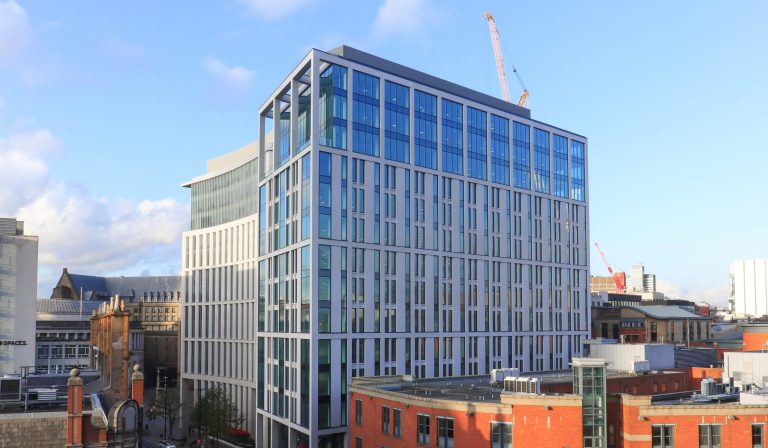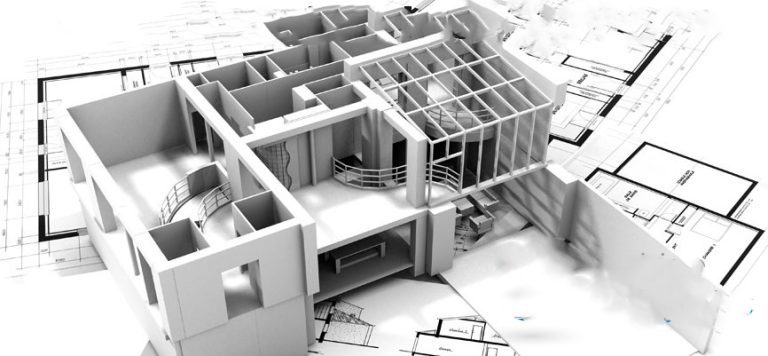Construction management is a complex field that involves the supervision of a construction project so that it goes according to plan. A construction manager manages the project to go in line with the budget and the timeline. They should make it achievable while ensuring they meet the building codes, design and specifications. A project manager can also be charged with hiring on-site workers, setting the finances, timelines, setting a communication strategy and generally developing a potential strategy for the project’s success. For construction to come to fruition, it undergoes five significant processes that every construction manager should familiarize themselves with. Initiation Before the project begins, the necessary stakeholders(it could be the owner of the construction and the construction manager) must create and develop a business case to determine if the project is feasible. Feasibility is the practicality of the project, which involves the identification of the project’s objective and need. The business case includes the recommended course of action. The necessary stakeholders conduct an examination study to determine whether each action identifies the project’s objective and come into a final recommendation. If the project is feasible, they initiate the work plan and write the project initiation document (PID). Planning During the planning of the construction project, it involves the identification of each activity that will take place as well as resource allocation. The team identifies all the work, the project’s task and the strategies for producing the required resources. A project plan outlines the activities, tasks, and timeframes involving the work. The project manager plans the preparation of the project finances by providing an estimate in terms of labour, equipment and material costs. It is also known as scope management. Then there is the creation of the last quality plan that shows the communication plan, risk management plan, control measures and an acceptable plan. The communication plan outlines the framework to be used to avoid conflicts and misunderstandings. The risk plan identifies risks beforehand, such as cost and timelines that may not be met or resources shortage. The acceptance plan outlines the criteria that will be useful in gaining the client’s acceptance in the project’s execution. Execution Execution involves the implementation of the project by putting the work into motion at the site. The project manager should continually monitor progress, maintain control and communicate during each stage of the project’s implementation. Appropriate adjustments are made during implementation and recorded as variances from the original plan. A construction project management accounting software comes handy in monitoring cost expenditures, task implementation during construction and the project’s progress. The construction manager uses the information to control the direction of the project to go hand in hand with the project plan and also to measure the performance. If there is any deviation, the team makes corrections immediately. Performance and monitoring Performance and monitoring happen concurrently with the execution phase. The manager updates the stakeholders on the progress of the project during team meetings. The status reports should highlight the probable endpoints in terms of time, costs and the project’s quality. This phase is crucial to measure progress and performance and ensure that the project is in line with the original project plan. In this stage, it’s also important that construction teams need to be Covid-19 compliant to ensure excellent performance. The construction industry needs to abide with existing health and safety protocols to avoid facing legal consequences. Construction managers can use a project management software or service software to easily monitor field workers remotely. This way, managers or supervisors can monitor a wider range of workers and projects, and save time and effort commuting from one construction site area to another. Using the right performance and monitoring tools, managers and other team members will have one place to check accurate data, promoting good collaboration and productivity. Supervisors can immediately update the management of the project status, employee performance, project issues, photos, videos, and other relevant information. Through this, the management can make seamless and sound decision, making for a successful construction project. The closure phase of the construction This phase marks the project’s fruition. There is the termination of supplier contracts, initiation of the final budget account and handing over the project documents to the building owner. Then there is the communication of the project’s closure. The construction manager may hold a meeting to what if the team met the project’s objectives and where goals weren’t accomplishable and why. It helps in improving future projects. Takeaway Construction management is no longer confined in one setting or place at a time because managers can multitask with the help of advanced technology, such as software programs. Proper implementation of various stages in the construction project includes careful planning, objective execution, performance monitoring, and compliance with government laws. From start to finish, you can use the above guide to help achieve your short-term and long-term goals for your construction business.














